At 1:30 p.m. last Thursday, a horrific knife attack was perpetrated outside a school on Parnell Street in Dublin’s north inner city. Three children and an adult female were stabbed by the attacker who has now been confirmed to be an Algerian male who acquired Irish citizenship and has been living in the country for the last twenty years.
Both the attacker and his four victims have been hospitalized. One of those victims, a five-year-old girl, remains in a critical condition, while her female carer, who tried to stop the knifeman, remains in the Mater Hospital.
If it wasn’t the horrifying knife attack on Thursday that set this all off, it would have been simply something else
Dublin’s north inner city has long been known as “bandit country.” Having seemingly been abandoned by successive governments, this part of the city, which stretches into Dublin’s main thoroughfare of O’Connell Street, has spent the last few years descending into a seemingly never-ending cycle of decay and despair.
Drug dealing is openly performed on the streets of Dublin. Muggings, assaults and car thefts are now so ubiquitous that they don’t even make the news anymore. It’s rare to see a police man on the street. Added to this, the last few years have also seen the area suffer through the worst gangland feud in the nation’s history: the war between the Kinahan and Hutch gangs stretched resources to breaking point and resulted in an almost complete lack of street-level policing.
Thursday’s savage attack on young children, however, and the subsequent violent response from the locals has shaken the nation to its core. The motivation for the attack has yet to be established and the Gardai were initially quick to dismiss any concerns that there was a terrorist motive behind the atrocity.
Subsequently, however, Garda commissioner, Drew Harris, has refused to rule out that possibility. As the attacker is still in hospital recovering from wounds inflicted on him by bystanders who intervened to prevent any more children from being stabbed, it will take some time before the exact reasons become clear.
The attack was shocking. But the response that followed was truly horrifying. Within minutes of the stabbings being reported on social media and local news channels, large crowds gathered outside the school in Parnell Street, chanting “get them out” — a clear denunciation of the immigrant communities who have developed in the area.
Within hours, matters took a turn for the worse. The initial group of right-wing, anti-immigrant demonstrators were joined by hundreds of locals and the worst riots Ireland’s capital has ever witnessed truly began in earnest. What had, in the afternoon, been seen as a terrible attack on innocent children, quickly became a full on city-wide panic.
A Luas carriage (Ireland’s public tram service) was torched. Numerous buses were vandalized and set ablaze. Even a Garda patrol car was set on fire as the rioters then began looting shops in the area. Arnotts department store, a city center staple for generation of Dubliners, was ransacked, as was the local branch of Foot Locker and any other shop in the area that hadn’t shuttered their windows.
Tellingly, the largest book store in the country, Easons, which has its flagship store a hundred yards away from the center of the riots on O’Connell Street remained untouched. This was a reminder of the old, grim joke that the safest place to be when a city is engulfed by riots and looting is to be in a book shop because the people involved are more interested in stealing free trainers and TV sets than they are in acquiring a copy of W.B. Yeats.
But what caused such a sudden and violent outburst? Social media undoubtedly had a role to play. Within minutes of the initial knife attack, Twitter and TikTok were full of rumors that this was definitely a terrorist attack, even though there was no evidence — and there still isn’t, it should be remembered. This provoked people to gather at the scene of the crime, chanting “we want our country back.”
Garda commissioner Drew Harris and Taoiseach Leo Varadkar were quick to denounce the “lunatic” minority of racists for causing the damage. While that is certainly true, it doesn’t tell the full story. After all, the hundreds of people who smashed windows, torched buses and trams and police cars, weren’t protesting against the finer point of Ireland’s immigration laws.
But there has undoubtedly been growing anger, particularly in already deprived, urban working class areas such as Dublin’s north inner city, that immigrants are treated better than the indigenous population. Even Ukrainians, who have arrived in vast numbers and initially received a warm welcome, are now reporting that welcome has become rather frosty.
There is also a housing crisis the like of which the country has never seen before. Many Irish people under the age of thirty now sullenly accept that they will never get to own their own home. Coupled with a cost of living crisis that has hit Ireland harder than any of its European Union neighbors, the nation has been a powder keg waiting to explode for quite some time. And it appears that time is now.
Veteran Irish journalists who covered the riots in the north of Ireland during the Troubles have freely admitted that they were genuinely frightened by the scenes they witnessed on Thursday night. A city which was recently voted one of the friendliest and most welcoming capitals in the world descended into chaos and unbridled anarchy in a matter of hours.
Not surprisingly, the likes of Sinn Féin have demanded that both the government and Drew Harris should resign immediately. Normally, that could be dismissed as simply an opposition party trying to score cheap political points. But in this instance, they may have a point.
The Garda’s response was little short of pathetic and the images of cops retreating from the rioters were quickly shared online in a jubilant fashion. Even the most ardent civil libertarian would have known that this was a moment when the authorities should have clamped down hard, and quickly. Instead, when they were seen running away from the mob, it merely gave the trouble makers a free pass to continue to cause mayhem.
Events quickly spread across the river Liffey from the north inner city to the more salubrious environs of Dame Street and Grafton Street. There, Irish Independent reporter Adrian Weckler witnessed a group of teenage girls shouting “get Brown Thomas” (a swanky store).
There is a genuine fear that this was not merely an isolated eruption of criminality, but was instead an ominous indication of what is to come. A generation of young people, utterly broken by both austerity and the ramifications of lockdown, frustrated by what they see as favorable treatment to immigrants have simply lost all respect for authority. The tragic element in all of this is that if it wasn’t the horrifying knife attack on Thursday that set this all off, it would have been simply something else.
In all my years as a proud resident of Dublin, I have never seen the city so on edge. This weekend, numerous venues and restaurants simply shut down in fear of further violence. The city is currently a ticking bomb and I fear that things will only get worse.
This article was originally published on The Spectator’s UK website.



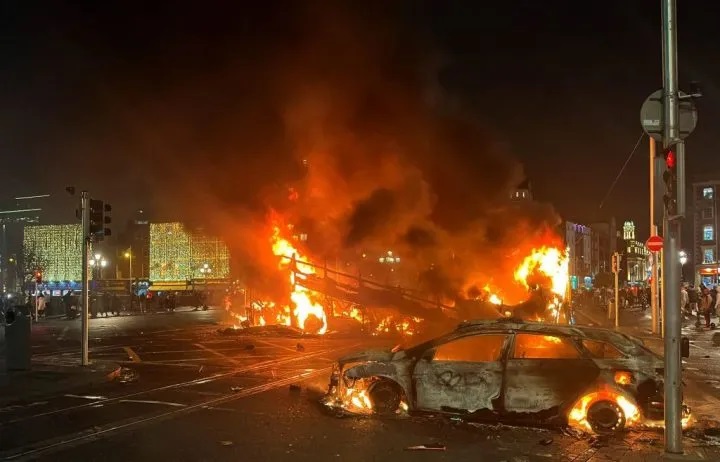








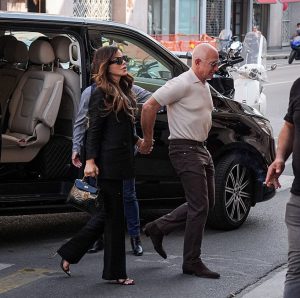

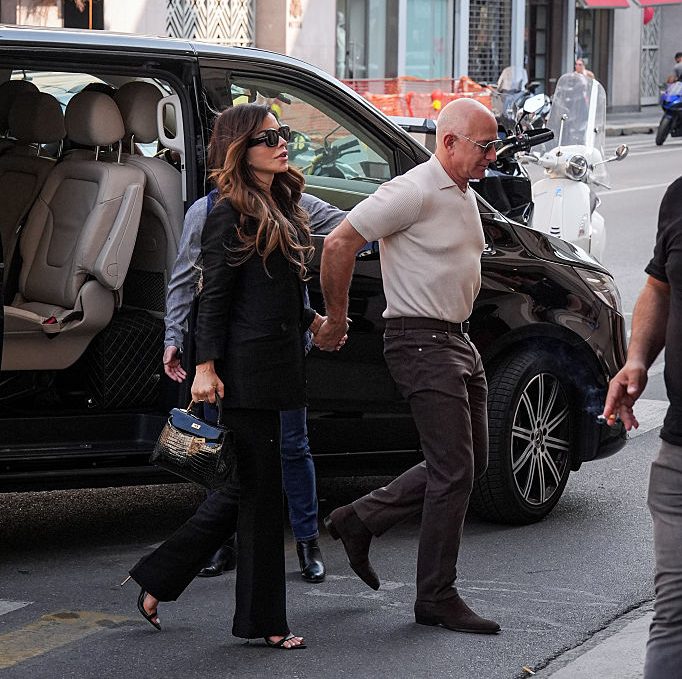

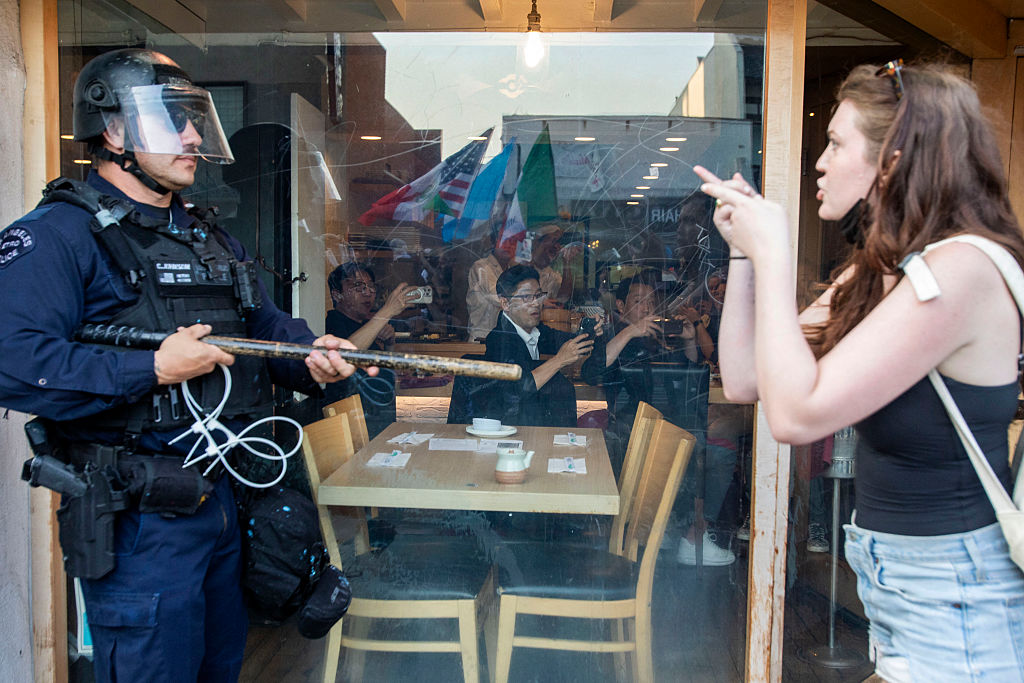
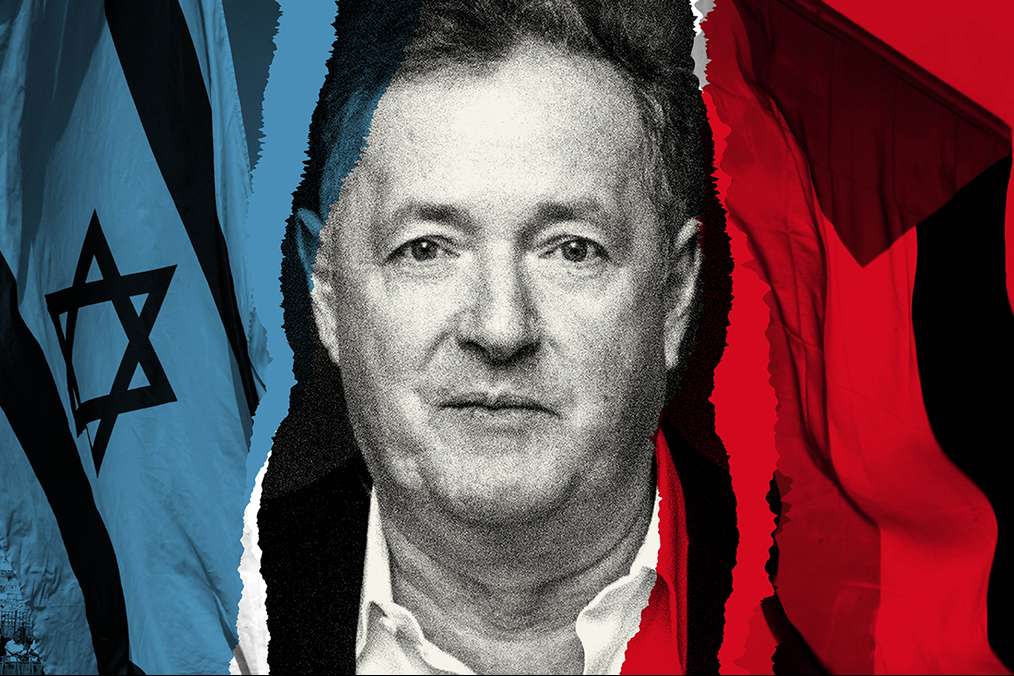
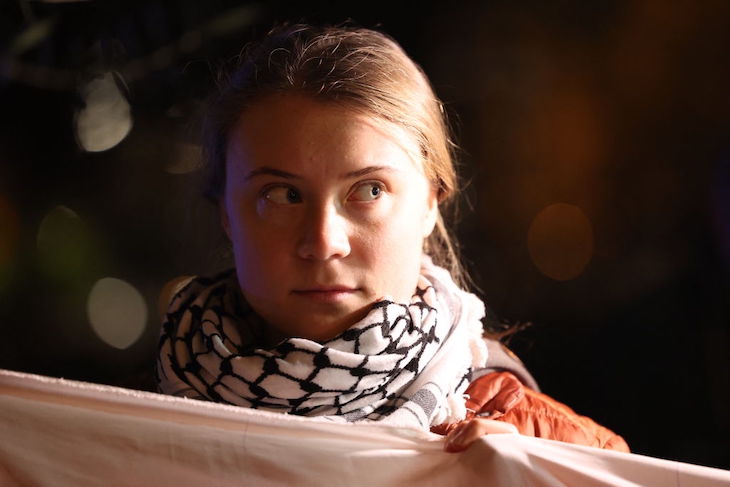







Leave a Reply